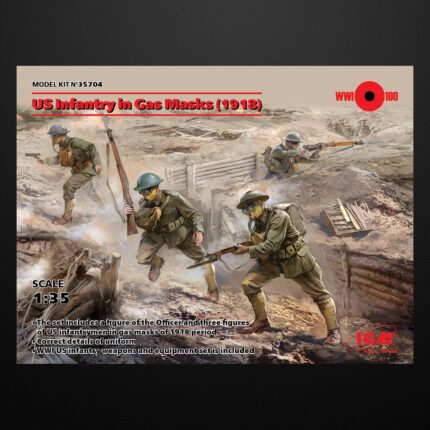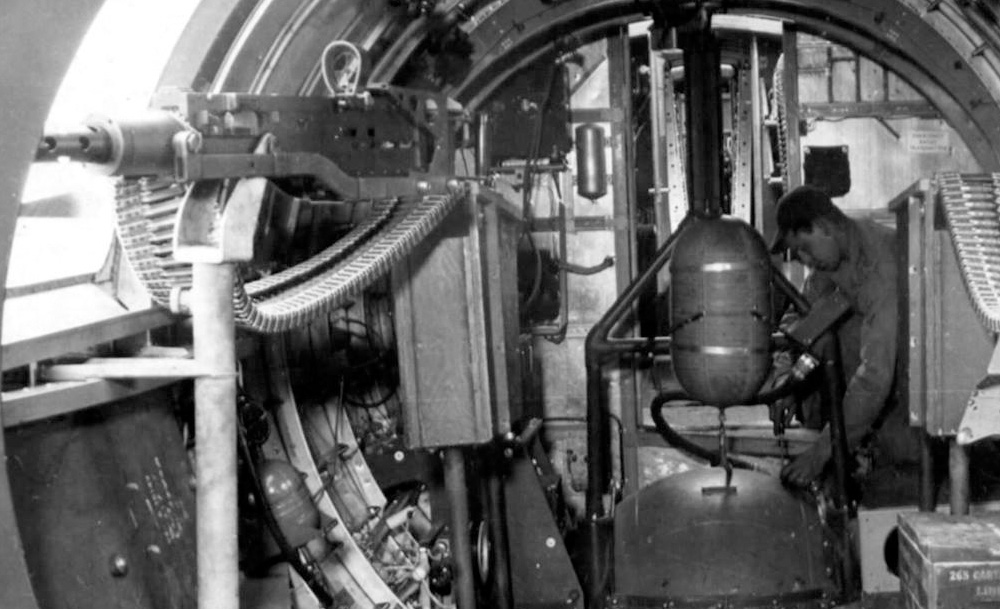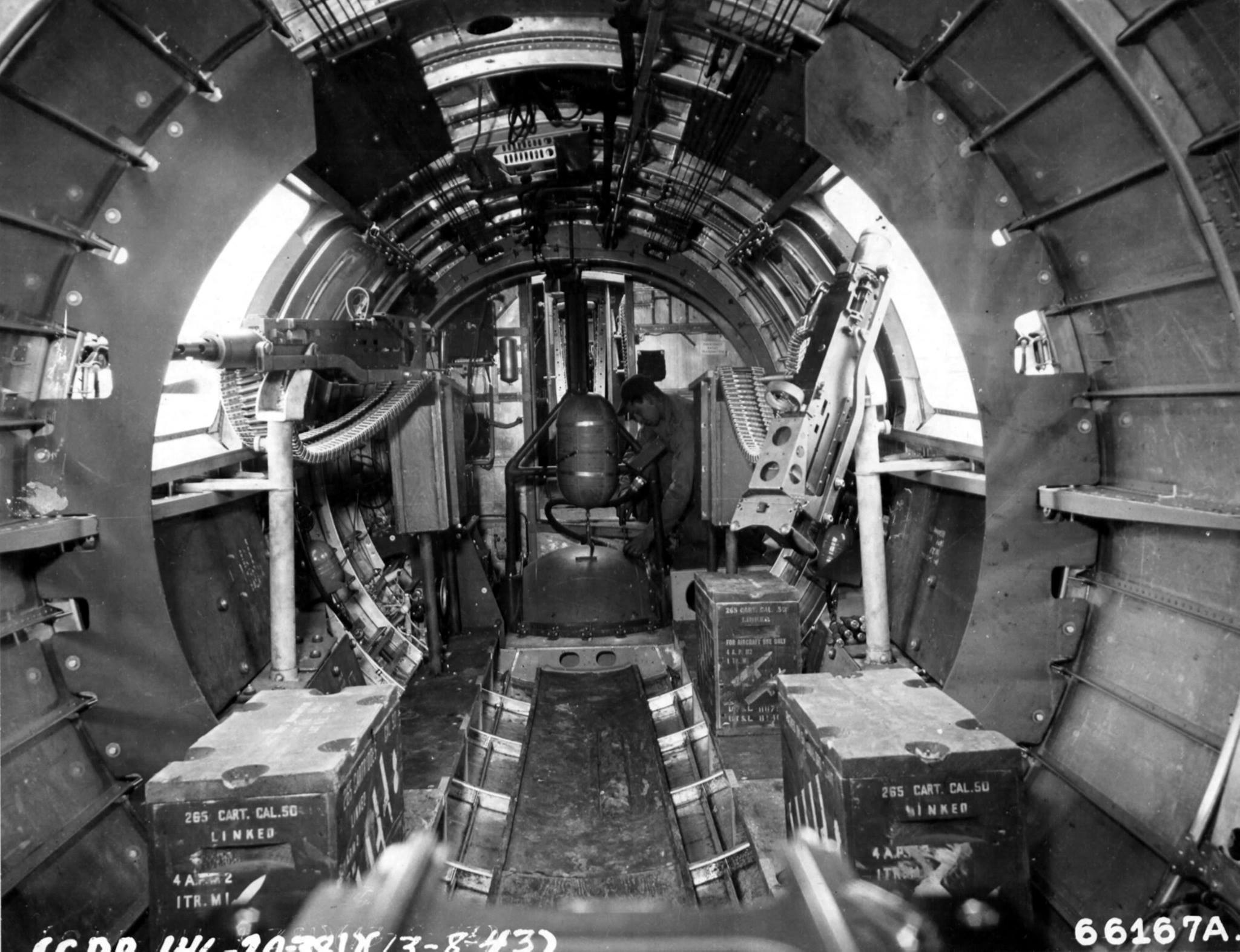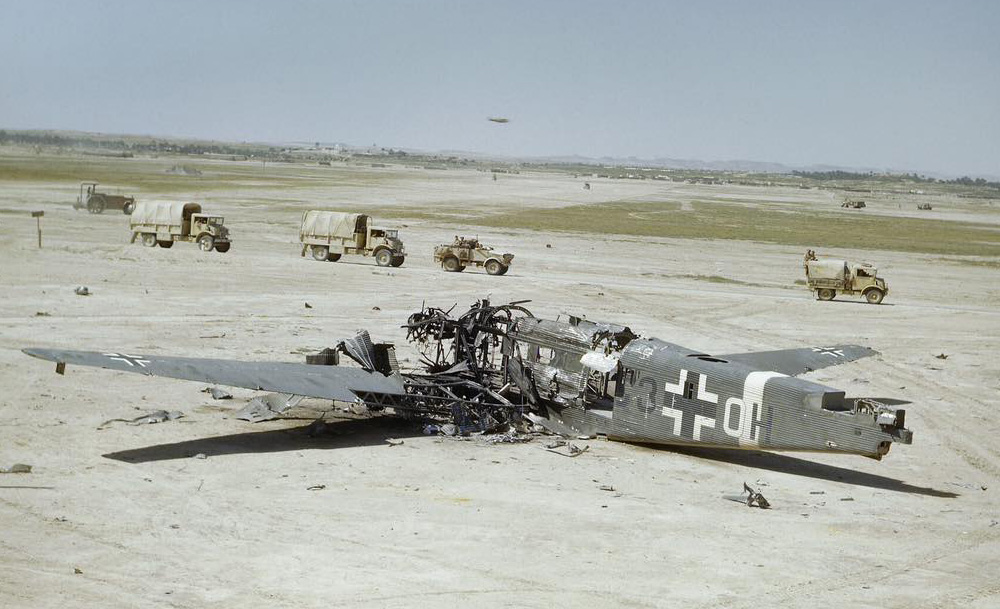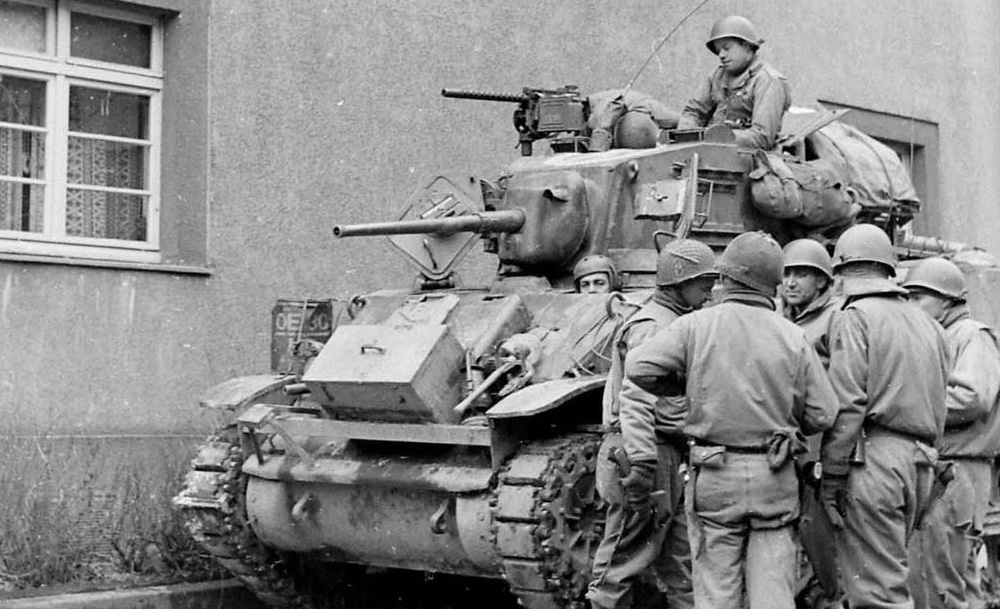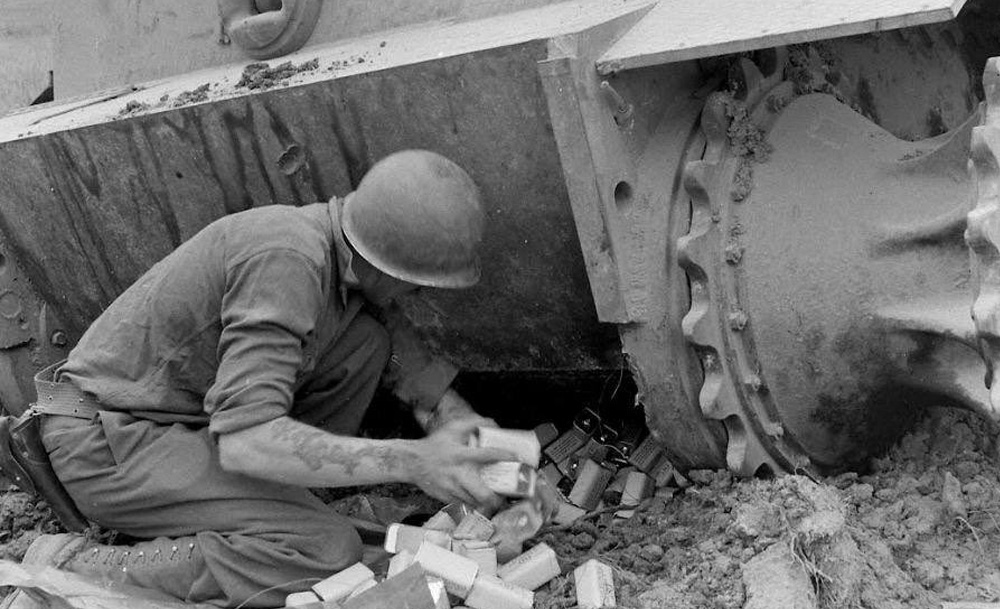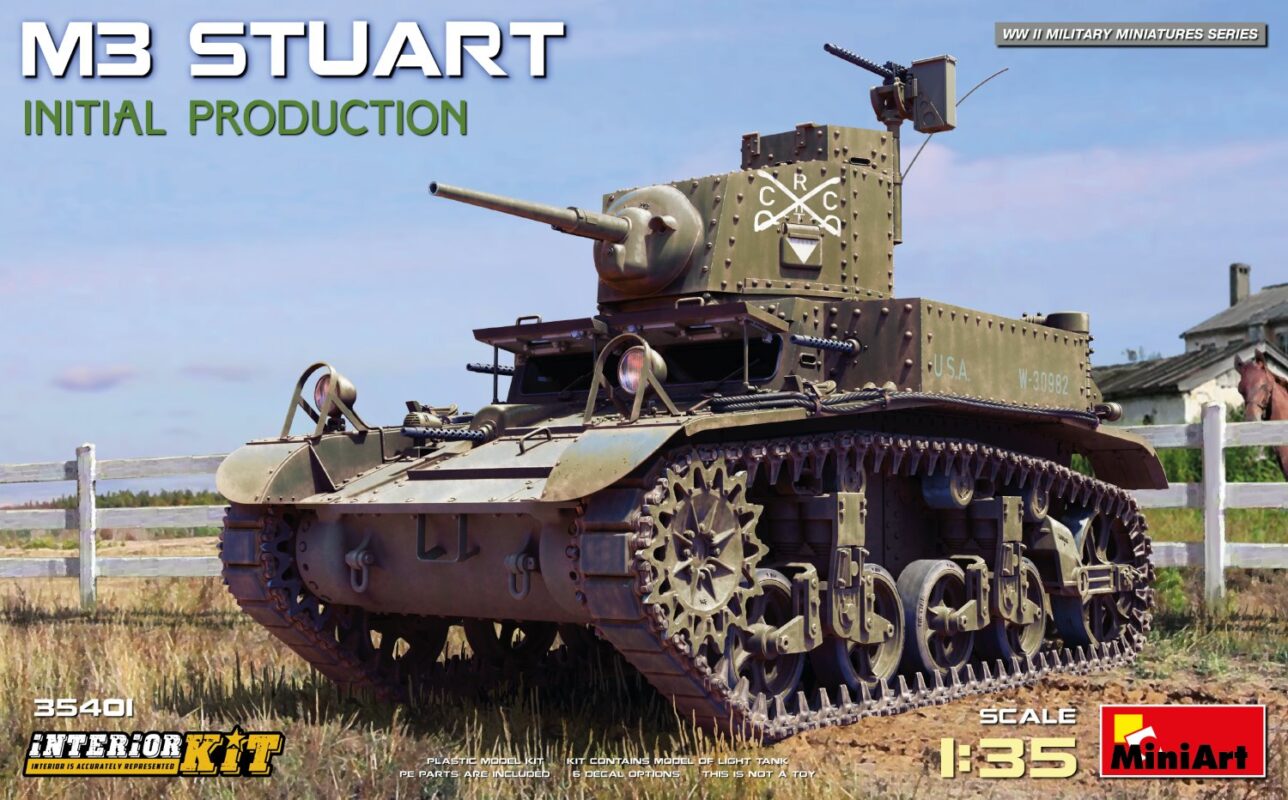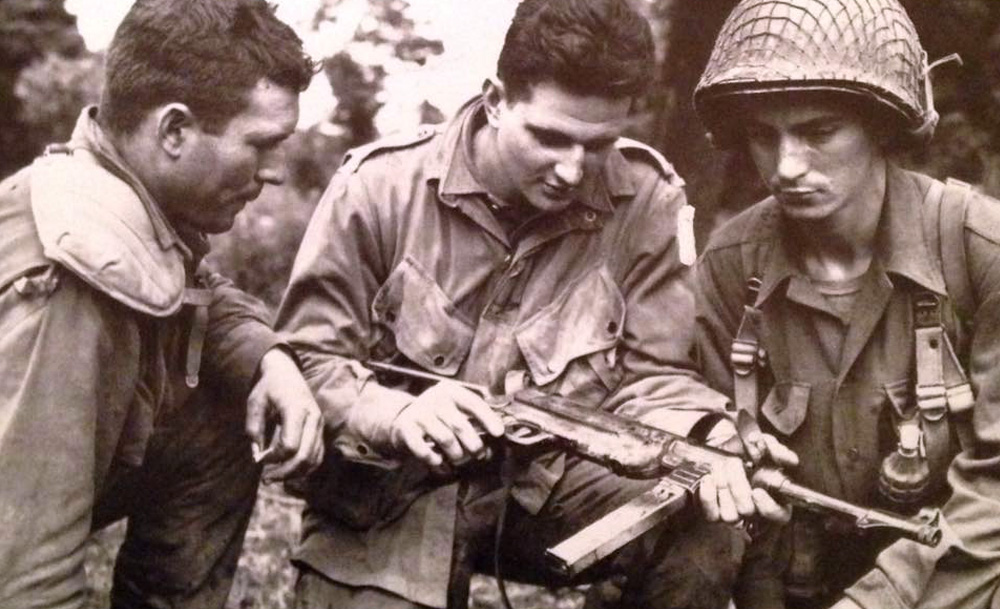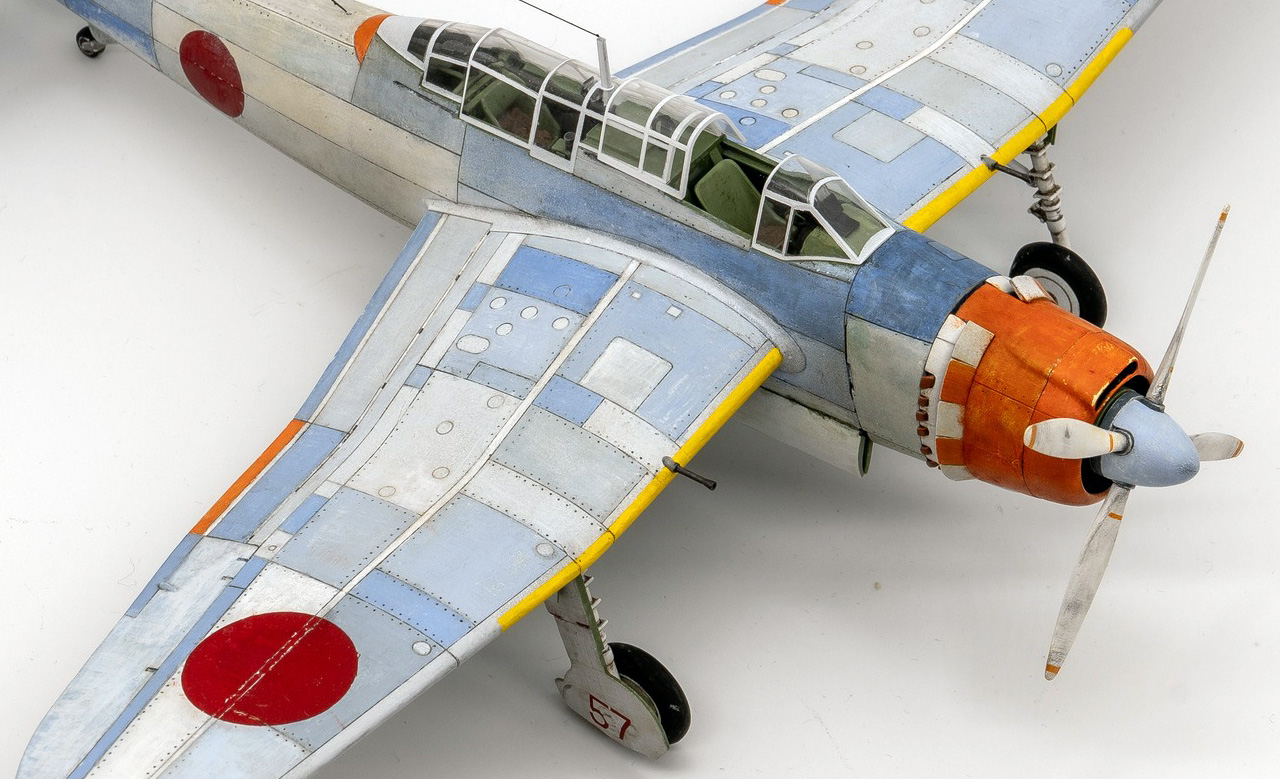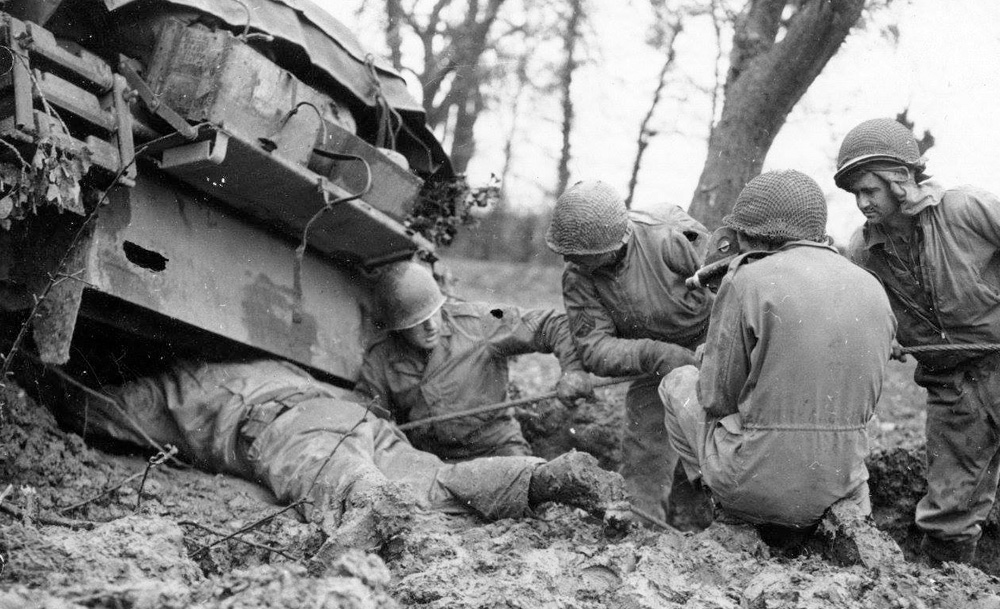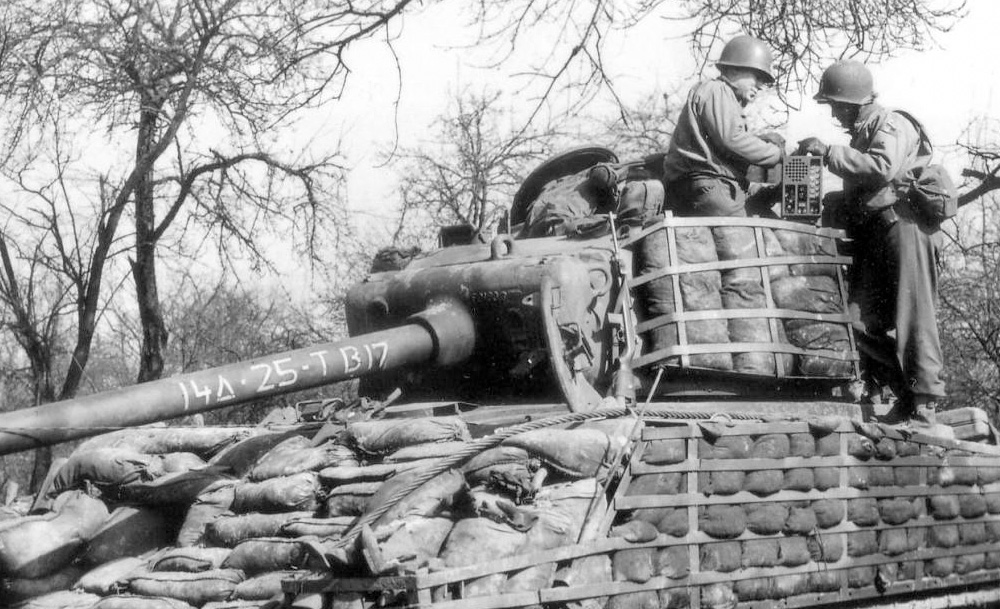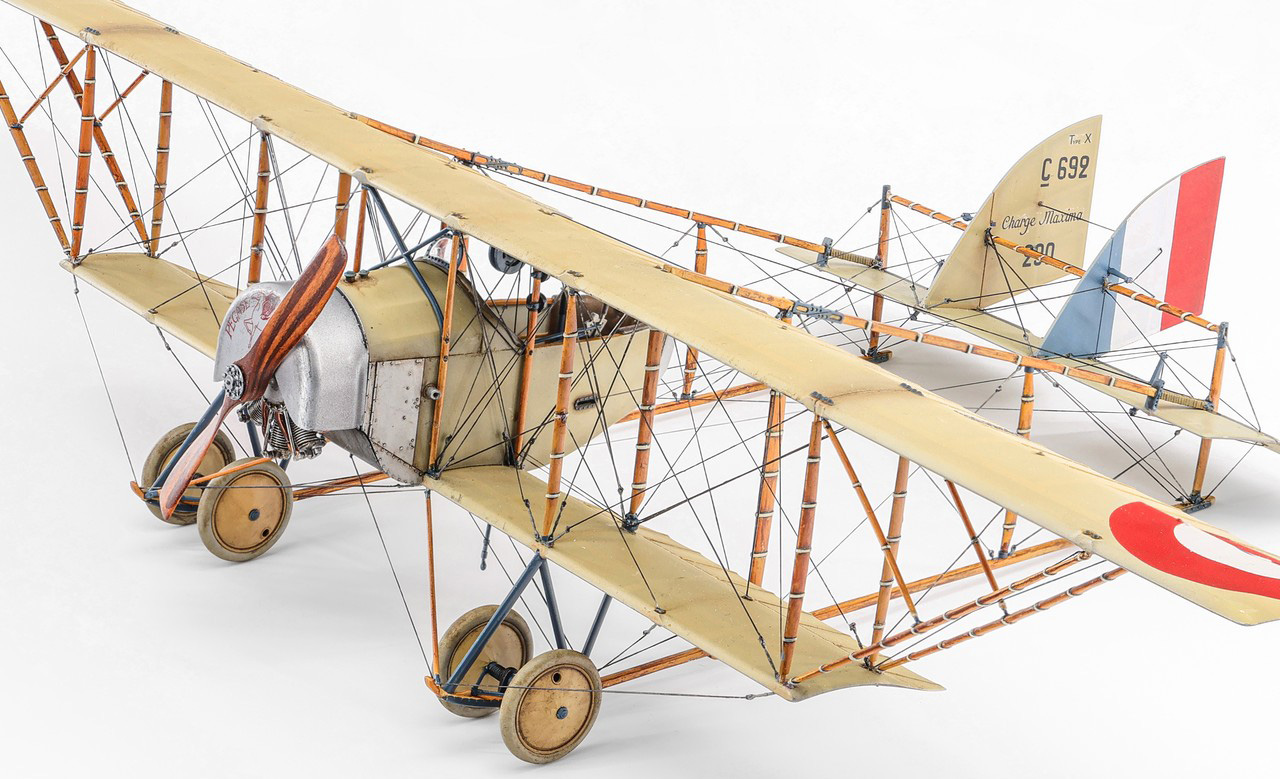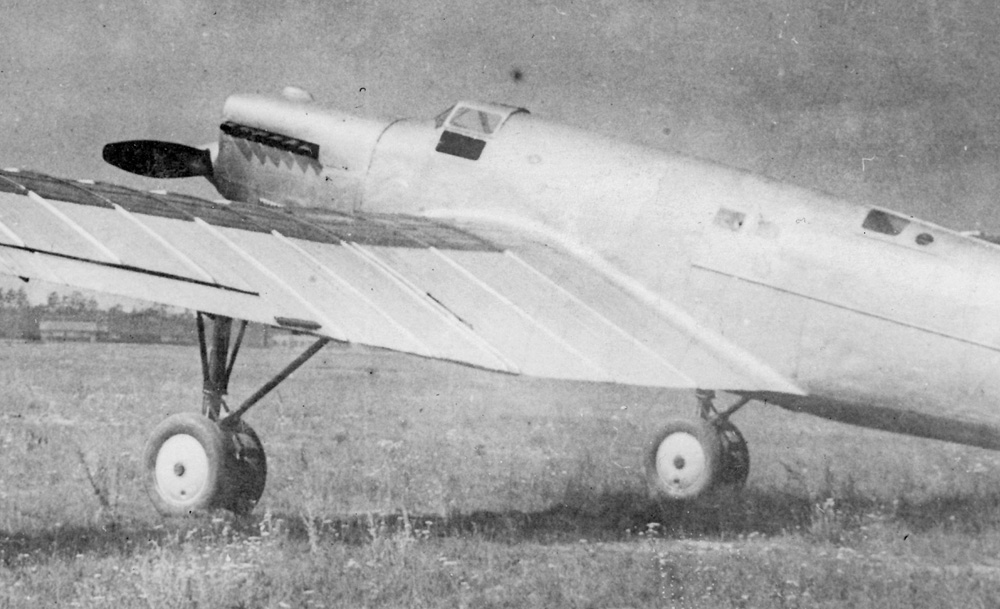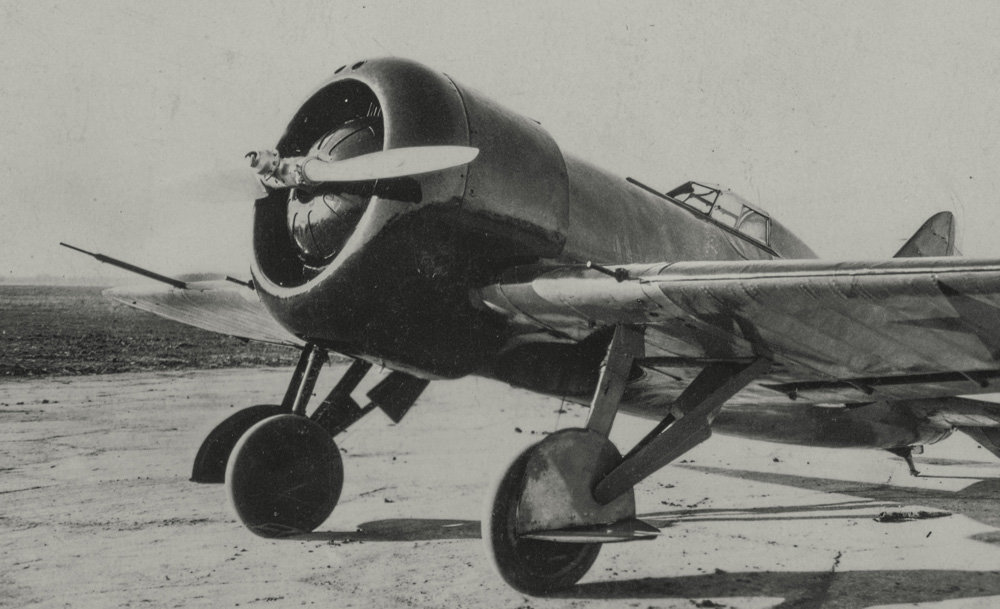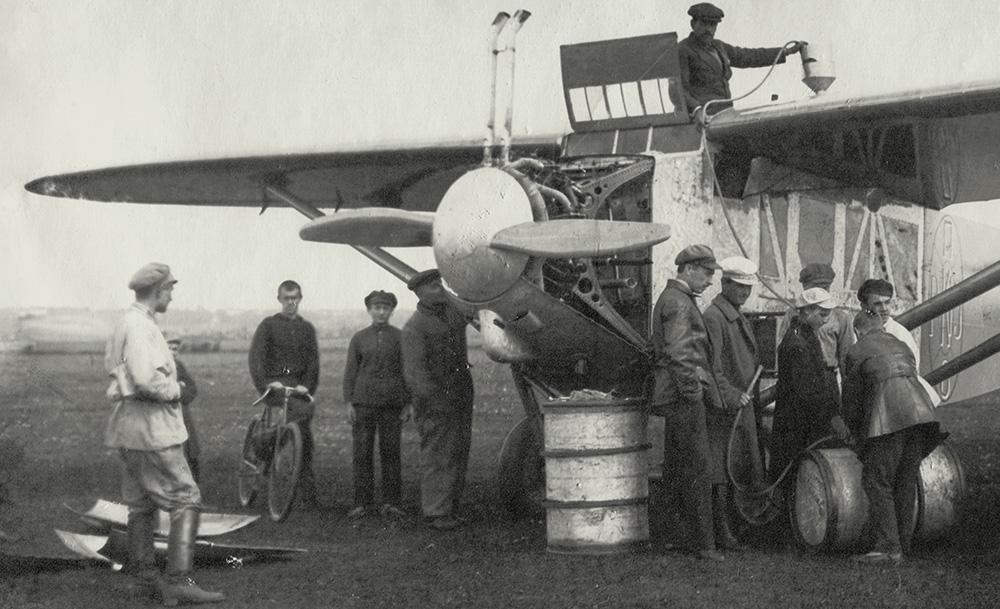The Boeing B-17 Flying Fortress is a legendary American bomber aircraft that played a significant role during World War II. Here’s a brief overview:
- Design and Development: The B-17 was designed by Boeing in the 1930s to meet a U.S. Army Air Corps requirement for a multi-engine bomber. The prototype, the Model 299, first flew in 1935.
- Key Features: The B-17 was known for its robust construction, heavy defensive armament, and ability to absorb damage and keep flying. It had a distinctive design with a high-mounted wing and multiple machine gun positions.
- Role in World War II: The B-17 became a vital part of the U.S. strategic bombing campaign in Europe during World War II. It was used extensively in daylight bombing raids against German industrial and military targets.
- Defensive Armament: The B-17 was heavily armed with machine guns, both in turrets and manually operated positions, making it formidable against enemy fighters.
- Famous Missions: The B-17 was involved in several iconic missions, including the “Memphis Belle,” the first B-17 to complete 25 combat missions over Europe and return to the United States.
- Post-War Service: While its role diminished after World War II with the advent of more advanced bombers, some B-17s continued to serve in various capacities, including reconnaissance and transport.
- Cultural Impact: The B-17 achieved a significant place in popular culture, symbolizing the bravery of Allied bomber crews during the war. Its durable design and the ability of some aircraft to return home despite severe damage contributed to its iconic status.
- Preservation: Several B-17s are preserved in museums around the world, and a few are still airworthy, participating in airshows and commemorative events.
The B-17 Flying Fortress remains an enduring symbol of American air power during World War II, celebrated for its contributions to the Allied victory and its impact on the history of aviation.
Photo: Interior of a Boeing B-17 Flying Fortress of the 381st Bomb Group, England.
Date: 13 August 1943.


